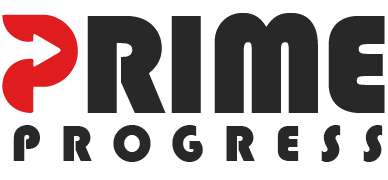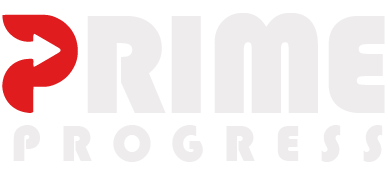As 2025 races on, the world—and especially the job market—is moving faster than ever. The days of handwritten CVs and recommendation letters are long gone. In these days, if you’re serious about landing a remote role or an international position, a digital portfolio is a must-have.
What is a Portfolio?
Simply put, a portfolio is a carefully selected collection of your works. It showcases your skills and wealth of experience. A designer’s portfolio, for example, could feature website layouts and app mockups, among others.
Yet it doesn’t have to be all your works. Three works that best represent your abilities can constitute your portfolio.
Why Do You Need a Portfolio?
Employers are more interested in proof of experience than cover letters. They don’t want to see a glimpse of your talent.
For job seekers hunting for an international role, a solid proposal gives hiring managers miles away a reason to trust your skills—without ever meeting you.
If you’re not sure how to get started, don’t worry—you are not alone.
Choosing the Right Platform.
You don’t need the genius of a coder or web designer to build the best portfolio site. Technology has made it easy even if you are not tech-savvy.
Start by choosing a platform that suits your field and budget. Many of these are free plans (with optional paid upgrades).
For designers, sites like Behance or Dribble offer free galleries and built-in communities. Writers and multimedia creators may opt for such platforms as WordPress, Notion, Journo portfolio, Google Sites, Carrd.co, and others.
A ten-minute tutorial on YouTube can walk you through the rudiments of any of these.
Curating Your Portfolio.
Now that you know how to build the portfolio, what is next? As stated earlier, resist the urge to cram all of your works into one portfolio. Instead, cherry-pick the best three or five that align with the job you’re applying for or show your range and versatility.
A portfolio tailored to a company’s requirements often leads to better results.
Remember to put your best piece first. First impression counts.
Getting Seen
With your portfolio ready, it is important to get it to the people who matter – your potential employers. The best platform that will help you do this is LinkedIn.
LinkedIn is not your everyday social media platform and you should not treat it as one. Use a professional headshot for your profile picture, not your random selfies. In your bio, describe what you do in clear, specific terms, then include your portfolio link.
But it’s not just about creating a LinkedIn account. Your profile gets higher chances of being seen if you comment on industry leaders’ posts, make relevant connections, and post consistently. Remember that portfolios don’t exist in isolation. The most successful job seeker is the one who treats his portfolio as just one tool in his visibility strategy.
Final Takeaway
Building a portfolio that gets you international jobs does not require expensive tools or technical skills. What it needs is consistency, strategic promotion, and focus. A job seeker who focuses on networking and updating his portfolio is more likely to get employed than one who builds his portfolio and lets it gather dust.
In the rapidly evolving job market of 2025, a digital portfolio is essential for securing remote or international positions. A portfolio, a curated collection of one's best work, showcases skills and experience far more effectively than a traditional cover letter. Employers prioritize this proof of talent, especially when considering candidates from afar. It's advisable to include only a few top-notch pieces tailored to the job applied for, ensuring a strong first impression.
Creating a portfolio does not require technical expertise, as various platforms cater to different fields and offer easy setup options. Designers might use Behance or Dribbble, while writers and multimedia creators could opt for platforms like WordPress, Notion, or others. Online tutorials can assist in crafting a portfolio that aligns with specific job requirements.
Visibility is crucial once your portfolio is ready. LinkedIn is the ideal platform for this, but it requires a professional approach, including an appropriate profile picture and strategic engagement with relevant posts and connections. Active participation ensures your portfolio gains traction and is part of a broader visibility strategy.
Ultimately, success in landing international roles through portfolios demands consistency, strategic promotion, and networking. Regularly updating and actively promoting one's portfolio greatly increases the chances of employment compared to letting it remain static.






